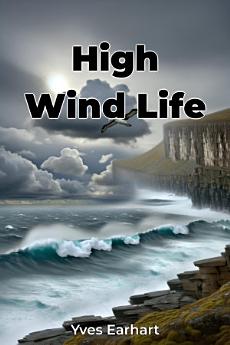High Wind Life
About this ebook
Blending biomechanics and ecology, High Wind Life progresses from individual adaptations to sweeping ecological networks. Early chapters decode how wind shapes pollination and seed dispersal; later sections link these insights to human challenges, like designing wind-resistant crops or architecture inspired by termite mounds. The book stands out by spotlighting overlooked organisms—lichens, spiders, microbes—to challenge animal-centric views of adaptation. Its narrative style transforms complex concepts into relatable tales, using analogies like comparing root systems to “underground parachutes.” By framing wind as a dynamic dialogue between life and environment, the book bridges science and storytelling, offering a fresh lens on biodiversity’s fragility and ingenuity. For biologists, engineers, or curious readers, it’s a compelling call to see the air not as empty space, but as a force that writes the rules of existence.








